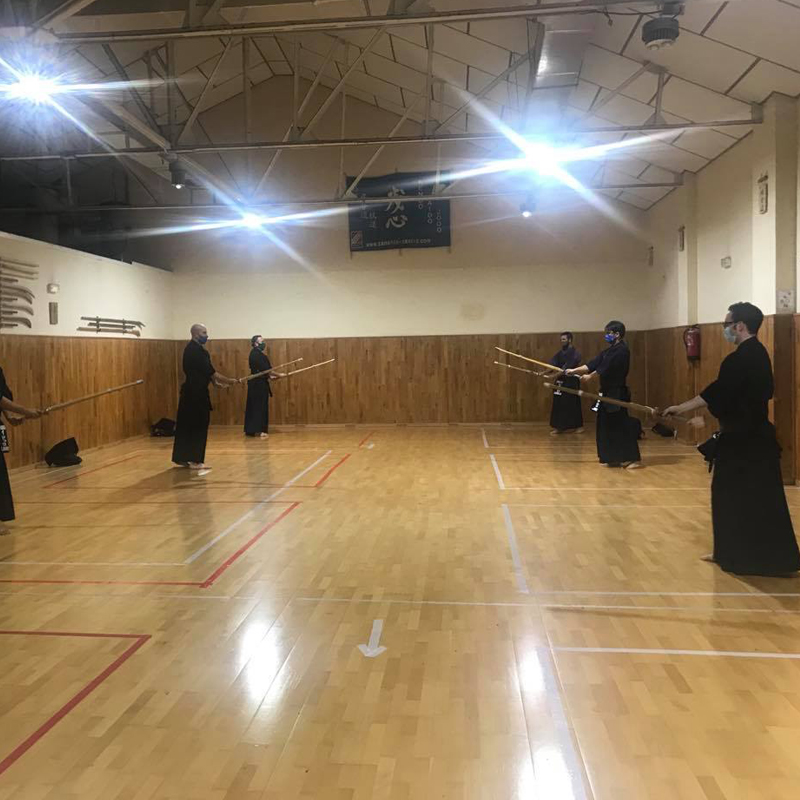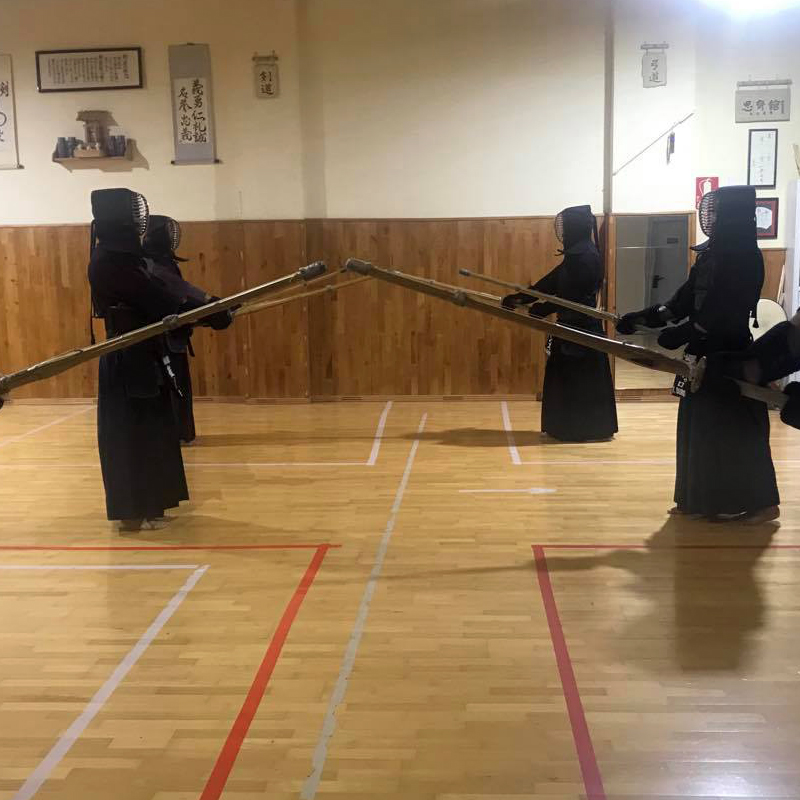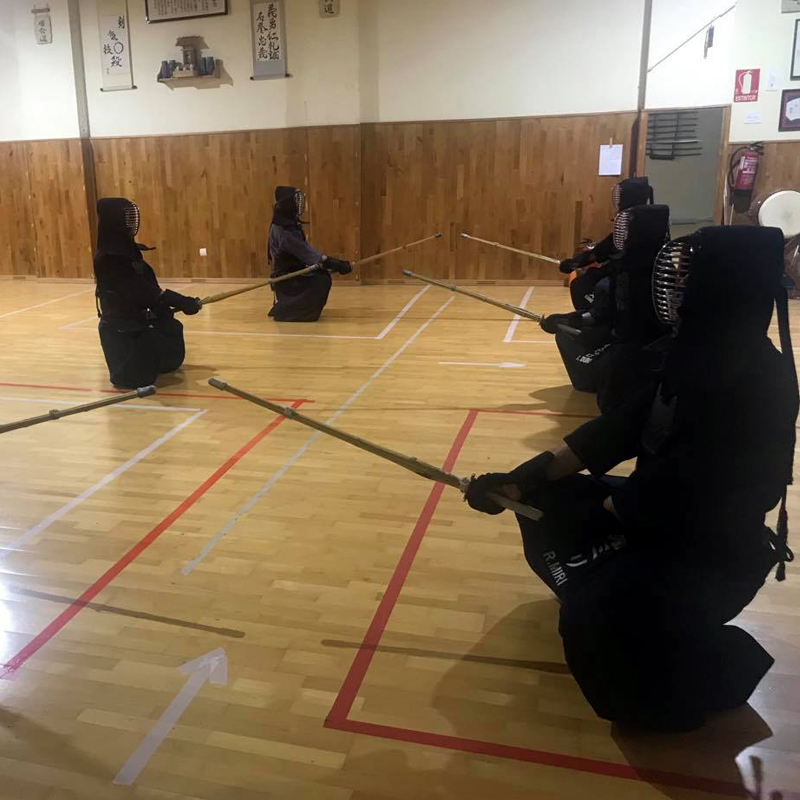2020 has not been a good year for Martial Arts due to the Covid-19 pandemic. As the virus was spreading across the world, Dojo had to cease their activities for a long time and with no prospect of re-opening. Days turned to weeks… Weeks into months… And without a date to return to the usual activities, the practitioners had to find other ways to keep the body in shape and Dojo spirit united. Thanks to technology, people were able to organise online training sessions, adapting the exercises to fit the limited spaces of their households.
While some countries are still very restrictive with their guidelines, others started relaxing some policies and things seem to be transforming into the new normal. Some Dojo around Europe are gradually going back to their activities, adapting to the new reality, whilst following guidelines to ensure the safety of members. We contacted some of those Dojo and asked them to share their experiences and their back to practice routines.
Zanshin Madrid, in Spain, tried to encourage home practice for everyone during quarantine through social media. They also shared different drills and exercises that some of their members practiced at home. “However, we failed to provide an organised training program with home exercises suitable for everyone”, said the members.
Getting back to practice was difficult to manage not only because of social distancing restrictions and new security measures, but also because members were not at the same level of fitness. Contact sports were not allowed during the first comeback stage, so they focused on exercises to improve members’ physical condition and on teaching the proper form of individual drills, and on exercises that could be practiced at home during a future lockdown.
Because restrictions in Spain are changing constantly in both regional and national levels, Zanshin Madrid’s guidelines are also adapting - “When we first re-opened, capacity was limited to 8 practitioners and the Sensei without any contact practice. Now we are at 10 practitioners and the Sensei”.

Regarding access, people’s temperature is being taken at the door and everyone must use hand sanitizer before entering. Attendance is registered every single session facilitating contact tracking in case of a positive case of Covid-19. Face masks are mandatory at all times in the Dojo. “During practice Men masks are recommended but not mandatory, although everyone has acquired one or is in the process of getting one. We also encourage equipment disinfection after each practice.”
They aren’t doing full or free Jigeiko during their sessions yet, but a version with limited attacks or encounters, such as 5 attacks Jigeiko, 3 attacks Jigeiko and Shodachi. That way they focus on searching for good openings and having full commitment when attacking.

When it comes to the use of masks and face shields when worn with the Men, they said it is harder to breath. There is a break every 20 or 25 minutes to rest and drink some water. “We also prioritise shorter sets, with less repetitions in a row.”
Right now, their classes are divided in three parts:
- Basic exercises to improve posture, footwork, breathing and upper body relaxation. This includes Ashisabaki, Oikomi, variations of Kirikaeshi and Uchikomi.
- Men-uchi form.
- Seme and opportunity for attacking
Shinai can no longer be lent to new members, but they can borrow the Dojo Bokken (which are always cleaned before use) for their first lesson. If they decide to continue with kendo practice a brand new Shinai is included on registration. So, if you are in Madrid and wish to start Kendo in a safe and friendly environment, pay Zanshin Madrid a visit.
As these are uncertain times and a new lockdown could be put into place, Zanshin Madrid already has a plan to keep Dojo members connected to the Kendo community and encourage home training to maintain or improve the physical and mental health of their members during quarantine.
Taking a lesson from the mistakes of the first lockdown, this time they are providing Dojo members with specific training programs, feasible at home and with proper guidelines. With the use of social media, they want to keep people motivated, sharing their workouts and progress. “If possible, we shall also organize live training sessions through video calls and practice footwork, Suburi and coordination.”

